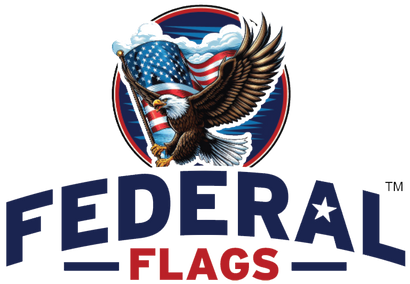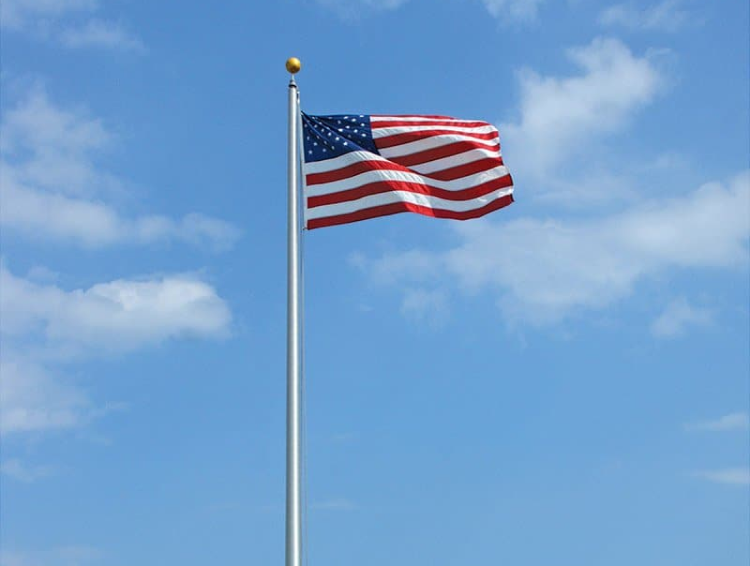Your Cart is Empty
All about the Poet Who Was Inspired by the American Flag!
3 min read

“O Captain, my captain,” is a line that evokes two, and only two images: Robin Williams and Walt Whitman. And although Whitman’s most well-known line isn’t exactly about the American flag, it still has nationalistic undertones. No other poet in America’s history has been so vocally expressive about his love for his country—and for this flag.
Walt Whitman
Poets are the “unacknowledged legislators of the world.” That is to say that their sight goes beyond the usual—their vision is prophetic and their wisdom is far-reaching. When someone like Walt Whitman, who in his boyhood days must have looked at the Star-Spangled Banner everywhere around him, he didn’t just look at the flag—he saw it.
Many of Whitman’s poems have been about the tropes of individualism, war, nature—but no other theme is as recurrent as that of democracy and love for the country. Since poets work with symbols and motifs, Whitman elevates the American flag in his literary work to evoke feelings of patriotism and loyalty.
But what Whitman saw in the flag was very different from what most of us see in it.
The “Thick-Sprinkled Bunting” in Whitman’s Poetry

Poets are creatures of subtlety. Their professions of love and affection don’t roll off easily. Whitman doesn’t say “I love the flag!” in any of his works. Instead, he uses clever wording to showcase exactly what he meant and felt.
It’s in his poem Flag of Stars! Thick-Sprinkled Bunting that the image is most intensely evoked. And there are several allusions made to the flag that highlight what Whitman saw when he looked at the stars and stripes. He calls it “flag of man” and “flag of kings;” the “fateful flag” that has had a long journey. He calls it a “mighty symbol” and likens its rising to ascension to the heavens.
It’s clear that Whitman doesn’t see the stars on the flags as lifeless painted images—but as an actual cluster of stars, a shining nebula, and a ray of hope for all humankind; not just America. He evokes democratic images when he extols its equivalence among men and kings. The message is clear, and it’s a message that America has long advocated: democracy.
The Long Struggle for a Democratic America as Represented in Whitman’s Poetry
In the book Leaves of Grass, another one of Whitman’s poems, titled Delicate Cluster, the flag is mentioned again. Whitman addresses it directly by calling it the “flag of teeming life,” as if the flag were his sage. He also calls it his “mother” and his “matron mighty.” But the strongest images come from the journey that Whitman always associates with the flag: death and war.
Whitman had been seriously affected by the Civil War, and was 42 when the war broke out. Whitman didn’t join the war, but he was vocal in his loathing for slavery. His brother, George, had been wounded in the war, and Whitman had gone to see him.
During his time at the hospital, Whitman witnessed first-hand the full consequences of war. Before the war, he had been a confused New Yorker—after the war, he began writing songs to the Thick-Sprinkled Bunting and to the late President, Abraham Lincoln. The flag gave him a purpose, and gave his life meaning.
Whitman sees hope, resilience, and defiance when he mentions the American flag. It is a mighty symbol of democratic values and of freedom—and nothing could describe America better.
Looking for an American Flag?
The 4th of July is just around the corner! If you, like Whitman, want to express your love and loyalty to the Star-Spangled Banner of hope, get a flag from Federal Flags today! Or a Thick-Sprinkled Bunting, if you like!
Leave a comment
Comments will be approved before showing up.




